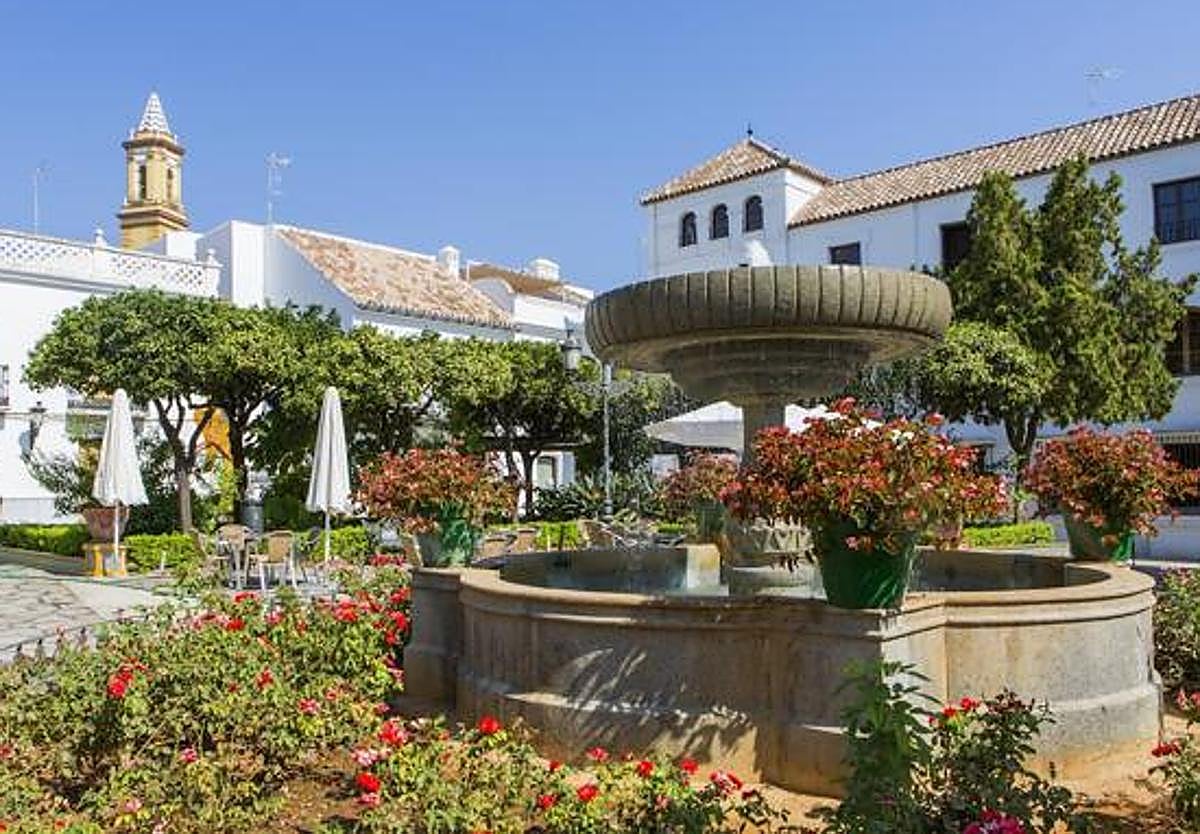Estepona, a garden with Celtic or Arabic roots
Although its name has clear Arabic origins, another theory suggests the town was originally a Celtic enclave dedicated to the goddess Epona
Tony Bryant
Estepona
Friday, 23 June 2023
It is generally perceived that the name Estepona derives from the Arabic Astabbuna, although another possibility put forward is that the name predates the Arabs and Romans. Some historians have claimed that the town was originally a Celtic enclave dedicated to the goddess Epona, although this theory is uncertified.
It is possible that the area was settled in the Neanderthal era, as tools made from local flint have been discovered in various locations around Estepona.
According to the Gibraltar-based academic, Christopher Wawn, there is evidence that the Romans settled in the area, but the exact location of their settlements - Salduba and Silniana - "is uncertain". According to Wawn, "Silniana is linked to Estepona, but more likely occupied a spot that is close to what is now San Pedro Alcántara."
If the Roman settlements were situated in the area around the site of the castle, there is little evidence of their existence, as Wawn suggests that any traces were destroyed by a seaquake in the fourth century.
"If either a Roman town, or another whose name is forgotten, did exist near the castle, it all but vanished beneath the feet of the Moors and the Christians," the academic claims in his book In Search of Andalusia.
Some evidence of the Romans has been discovered in this area over the years, but the massive redevelopment of the town in the '60s and '70s has made further research into this period almost impossible.
In spite of its undoubted antiquity, the town was totally absent from written historical records until the Califate era, when it was called Astabbuna, although no explanation has been suggested as to why it received that name.
According to the chronicles of Aben al Jhatib, following the battle of Estepona in 1342, Astabbuna was in a state of ruin.
The Christians built a church over the former mosque, and the current town grew up around it. The church no longer exists and all that remains is the old clock tower, now part of Simón Fernández school.
Although, as with most towns in Andalucía, the source of the toponym has long been debated, one name which Estepona has acquired in recent years - the garden of the Costa del Sol - needs no explanation.
